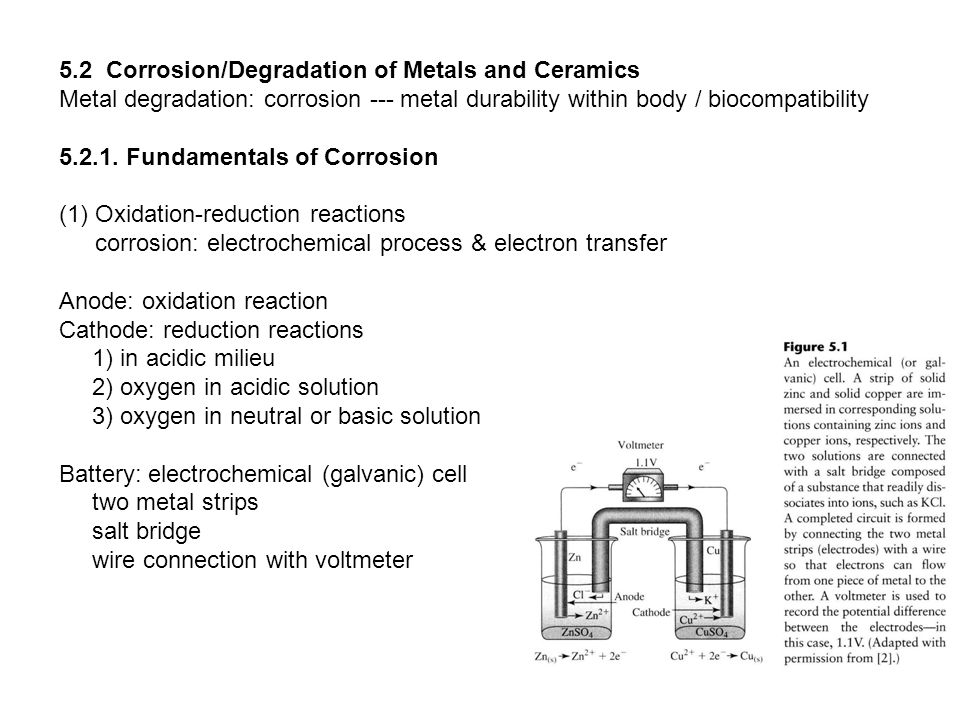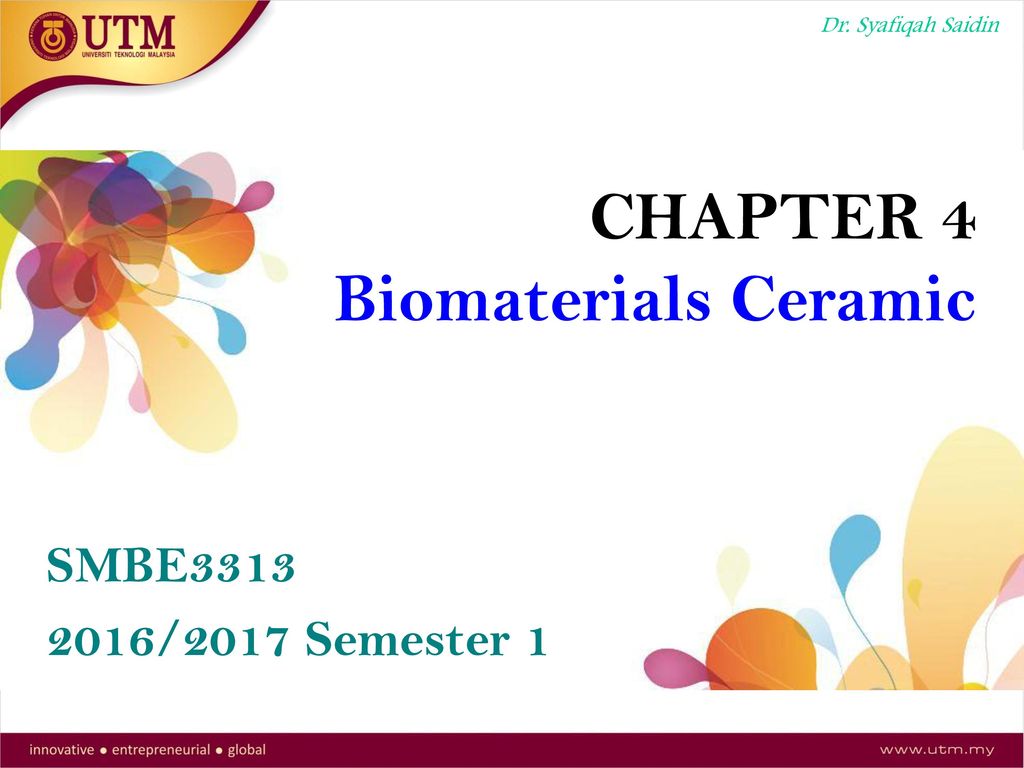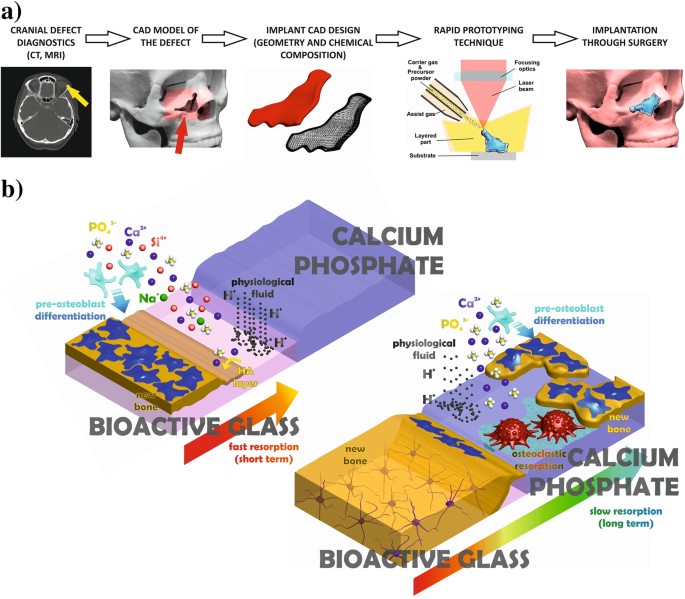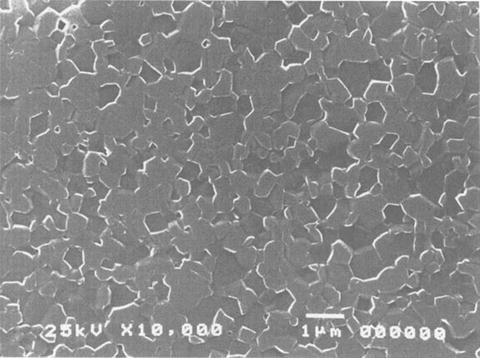Degradation Of Ceramic Biomaterials
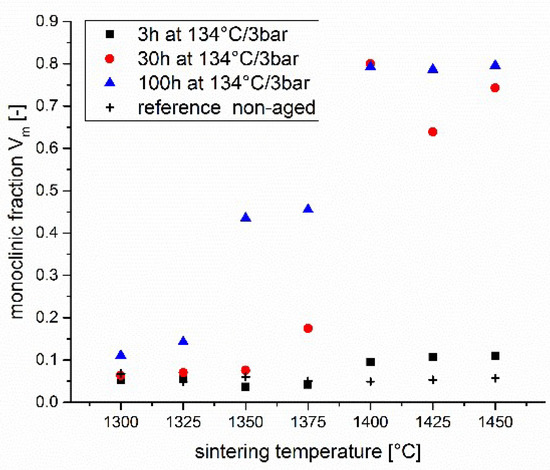
Ceramic biomaterials bioceramics the class of ceramics used for repair and replacement of diseased and damaged parts of the musculoskeletal system are referr slideshare uses cookies to improve functionality and performance and to provide you with relevant advertising.
Degradation of ceramic biomaterials. Metals face corrosion related problems and ceramic coatings on metallic implants degrade over time during lengthy applications. The crystalline and amorphous states are typical solid states which represent the degree of order between ions atoms or molecules. Initial chapters review biomedical applications and types of ceramics with subsequent sections focusing on the properties of ceramics and on corrosion degradation and wear of ceramic biomaterials. Ceramics provides current information on ceramics and their conversion from base materials to medical devices.
Among these composites ceramic polymer composites have been found to release toxic elements into the surrounding tissues. They do not create strong biologically relevant interfaces with bones but they do promote strong adhesions to bones 3 the main applications of ceramic biomaterials include. Ceramic ceramic composites enjoy superiority due to similarity to bone minerals exhibiting biocompatibility and a readiness to be shaped. They can be crystalline or amorphous.
Ceramics provides current information on ceramics and their conversion from base materials to medical devices. Ceramic biomaterials also stimulate bone growth and have low friction coefficients. It is prone to low temperature degradation in the presence of water which. Initial chapters review biomedical applications and types of ceramics with subsequent sections focusing on the properties of ceramics and on corrosion degradation and wear of ceramic biomaterials.

